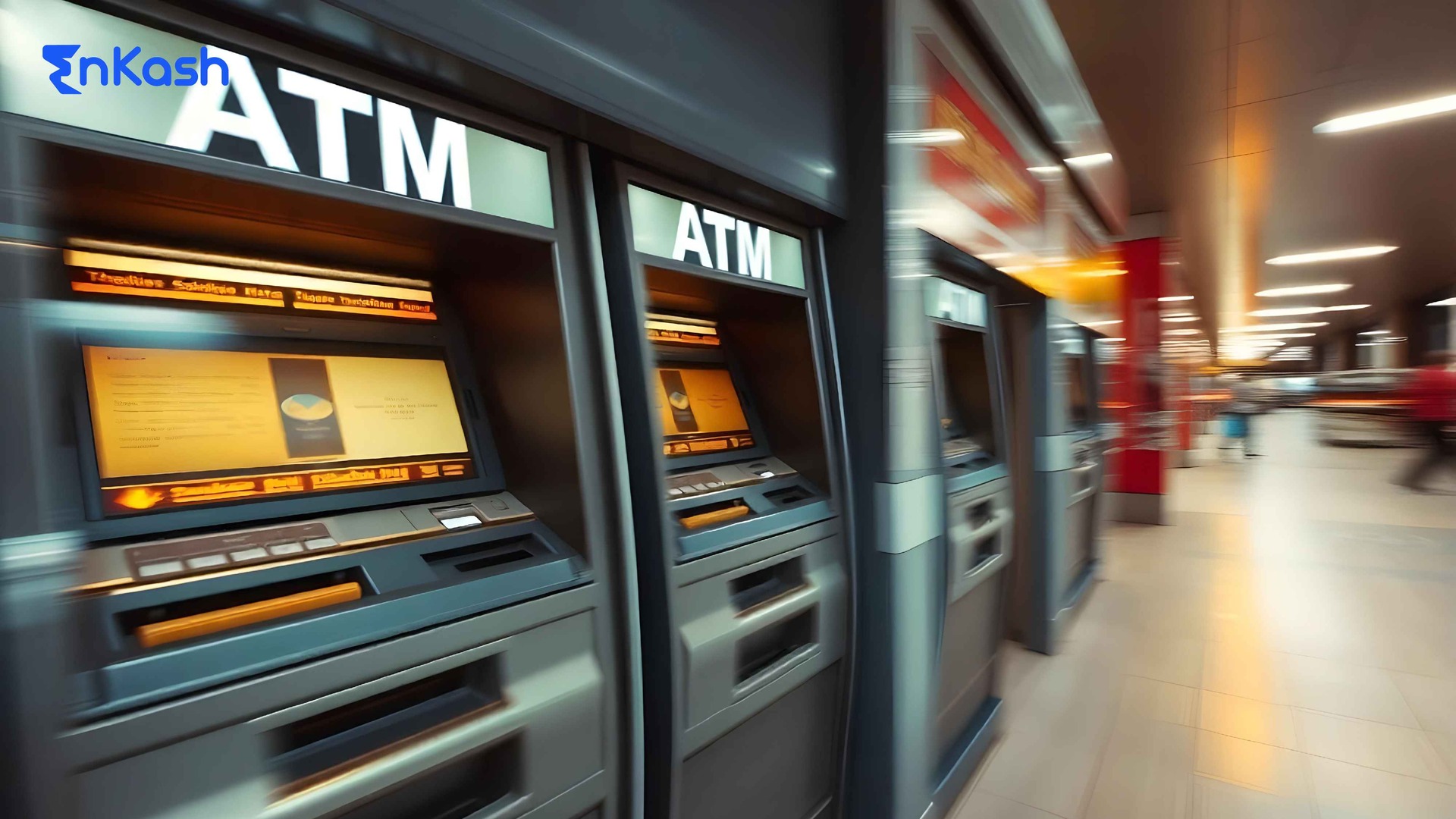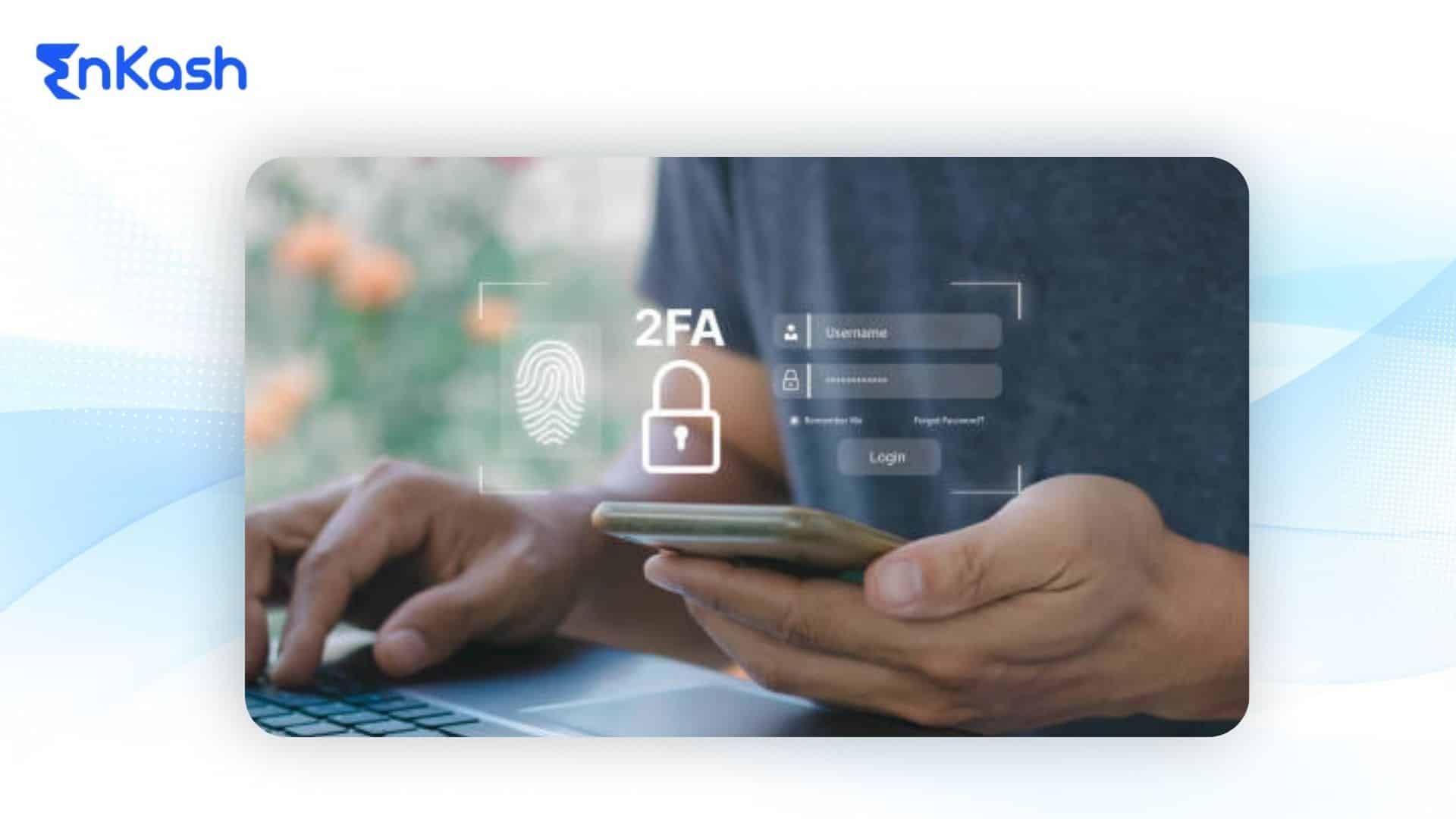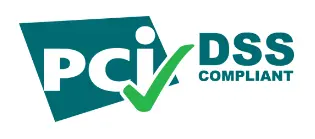Whether you’re withdrawing cash, checking your account balance, or depositing money, Automated Teller Machines (ATMs) have become an integral part of our daily lives and they offer convenience and accessibility 24/7. However, despite their widespread use, many people still have questions about what ATMs are and how they work. In this article, we will delve into the workings of ATMs, their evolution over the years, and their significance in modern banking.
What is an ATM?
Automated Teller Machine, a full form of ATM, is an electronic banking kiosk that allows customers to perform a variety of financial transactions, 24/7, without the need to visit a physical bank branch. They are essentially self-service banking machines that operate using your debit or credit card and a Personal Identification Number (PIN).
Evolution of ATMs
ATMs have undergone significant evolution since their introduction in the late 1960s.
The first modern ATM was introduced by Barclays Bank in London in 1967. Initially, ATMs could only dispense cash, but advancements in technology have expanded their functionalities significantly. Today’s ATMs are equipped with features such as touch screens, cardless access, multi-language support, and contactless payment options.
Read more: Role of e-Banking in India
What can you do at an ATM?
The functionality of ATMs has evolved considerably over the years. While the core function remains dispensing cash, modern ATMs offer a wider range of services:
Cash Withdrawals: This is the most common ATM function. You can withdraw cash using your debit or credit card, subject to your daily withdrawal limits
Balance Inquiries: Quickly check your account balance to stay on top of your finances
Deposits: Some ATMs allow you to deposit cash or cheques into your account, eliminating the need to visit a bank branch
Funds Transfers: Transfer funds between your own accounts or to third-party accounts (depending on the ATM and your bank’s policy)
Bill Payments: Pay your bills conveniently using the ATM, ensuring timely payments and avoiding late fees
Mobile Top-Ups: Top-up your mobile phone prepaid balance directly at the ATM
Mini Statements: Print a mini statement showing your recent transactions (Availability may vary depending on the ATM)
Types Of ATM
ATMs can be generally categorized into two types based on their functionalities:
Basic ATMs: These ATMs allow you to perform basic transactions such as withdrawing cash, checking your account balance, changing your PIN, and getting mini statements.
Complex ATMs: These ATMs offer a wider range of services in addition to basic transactions. You can use them to deposit cash or checks, make bill payments, transfer funds between accounts, and even purchase mobile phone top-up credits.
There are also other classifications for ATMs based on ownership and target users.
Based on Location
On-site ATMs: These ATMs are located within a bank branch and are typically accessible during banking hours.
Off-site ATMs: These ATMs are located outside of bank branches, such as in convenience stores, gas stations, and shopping malls. They provide convenient access to cash and other banking services 24/7.
Based on Target Users
White-label ATMs: These ATMs are owned and operated by a non-bank entity, such as a retail store or financial services company. They may charge higher fees for using them compared to your bank’s ATMs.
Brown-label ATMs: These ATMs are owned by a bank but outsourced to a third-party service provider to operate.
Green-label ATMs: These ATMs are found primarily in India and are dedicated to agricultural transactions, such as disbursing crop loans and subsidies.
Orange-label ATMs: These ATMs are also found primarily in India and are used for stock market transactions.
Yellow-label ATMs: These ATMs are designed for e-commerce transactions. They may not be widely available.
Pink-label ATMs: These ATMs are designed specifically for female customers and are typically found in countries where safety is a concern. They may offer features like security guards or well-lit locations.
Benefits of ATMs
ATMs offer numerous advantages for both individuals and businesses:
Convenience: Unmatched 24/7 access to your bank account, freeing you from branch operating hours
Speed: Conduct transactions quickly and efficiently without waiting in line for a teller
Security: ATMs employ robust security measures, including PIN verification and encrypted communication
Reduced Costs: Using your own bank’s ATMs often incurs no fees, compared to teller-assisted transactions
Accessibility: ATMs are widely available in various locations, including banks, grocery stores, gas stations, and airports
Using an ATM: A Step-by-Step Guide
Using an ATM is a straightforward process:
Locate an ATM: Look for ATMs displayed at your bank branches, partner banks within your network, or ATMs in convenient locations like grocery stores, gas stations, or shopping malls.
Insert your card: Carefully insert your debit or credit card into the designated card reader, ensuring the chip or magnetic strip faces the correct direction (usually indicated on the ATM).
Enter your PIN: Using the keypad, enter your unique four-digit PIN. Remember to shield the keypad with your hand while entering your PIN to ensure privacy.
Select your transaction: The ATM screen will display a menu of available options. Choose the transaction you want to perform, such as “Withdrawal,” “Balance Inquiry,” or “Deposit.”
Follow the on-screen prompts: Depending on the selected transaction, the ATM will guide you through further steps. These may involve entering the amount you wish to withdraw, depositing, or transferring, confirming the recipient’s details for transfers, or selecting preferred denominations for cash withdrawals.
Complete the transaction: Once you’ve reviewed and confirmed the details, finalize the transaction. For withdrawals, you’ll receive your cash, and for deposits, a confirmation receipt will be printed.
Collect your card and receipt: Always retrieve your card and receipt before leaving the ATM. Review the receipt to ensure the transaction details are accurate.
Security Tips for ATM Usage
While ATMs are generally secure, it’s important to be vigilant:
Be aware of your surroundings: Use ATMs in well-lit, populated areas, and avoid using them at night if possible
Shield your PIN: Never share your PIN with anyone and always shield the keypad with your hand while entering it
Beware of scams: Don’t fall for ATM skimming scams where criminals install devices to steal your card information. Inspect the ATM card slot for any suspicious attachments
Report suspicious activity: Immediately report any malfunctioning ATMs or suspicious activity to your bank
Monitor your bank account: It’s important to routinely review your bank statements to detect any unauthorized transactions
Keep Your Card Safe: Never share your ATM card, PIN, or online banking credentials with anyone. Immediately report lost or stolen cards to your bank
Secure Your Transaction: After completing a transaction, take your card, cash, and receipt, and ensure the screen displays “Transaction Complete” or similar confirmation
ATMs and the Future of Banking
ATMs continue to evolve, integrating new technologies for enhanced user experiences. Here are some things to watch:
Contactless payments: ATMs with contactless technology allow users to withdraw cash by tapping their debit or credit card or mobile wallet.
Biometric authentication: Fingerprint or facial recognition systems may replace PINs for added security.
Voice-activated interfaces: ATMs with voice-activated interfaces offer accessibility for visually impaired users.
Advanced cash dispensing: ATMs might dispense personalized denominations or allow cash recycling for deposits.
Conclusion
In conclusion, ATMs have transformed the way we interact with our finances, providing a convenient and secure means of accessing cash and banking services. As technology advances and consumer preferences shift, ATMs will continue to adapt to meet the changing needs of customers. By understanding the history, functionality, and security features of ATMs, consumers can make informed decisions about how they manage their finances in an increasingly digital world.
Frequently Asked Questions
What is the meaning of ATM?
Automated Teller Machine, a full form of atm, is a machine that lets you perform various banking transactions, like withdrawing cash, checking your balance, or transferring funds conveniently.
What fees are associated with using ATMs?
Fees can vary depending on several factors:
Your bank: Using your own bank’s ATM typically incurs no fees or minimal fees.
Out-of-network ATM: If you use an ATM outside your bank’s network, you may be charged a fee by both your bank and the ATM owner.
2. Can I withdraw more cash than my account balance?
No, ATMs won’t allow you to withdraw more than your current account balance. You might be able to access an overdraft facility if available, but this typically incurs additional fees and charges.
3. What should I do if I forget my ATM PIN?
Most banks offer options to reset your PIN online or through their mobile app. You might also be able to visit a bank branch for a PIN reset with proper identification.
4. My ATM card got stuck in the machine. What should I do?
Don’t force the card out. Contact your bank immediately to report the issue. They might be able to remotely release the card or guide you through further steps.
5. Can I use a debit card as a credit card at an ATM?
No, ATMs typically only dispense cash using debit cards. Credit cards are not designed for ATM withdrawals, and attempting to do so might incur fees or be declined.
6. What if the ATM dispenses incorrect cash?
Immediately contact your bank and report the discrepancy. They’ll investigate the issue and help rectify the error.
8. What are some alternatives to using ATMs?
Many banks offer online banking and mobile banking options for accessing account information, transferring funds, and even making bill payments.
9. Will ATMs ever become obsolete?
While digital banking options are growing, ATMs are likely to remain relevant in the foreseeable future. They offer a convenient and secure way to access cash, particularly for those who might not have easy access to online banking services.













